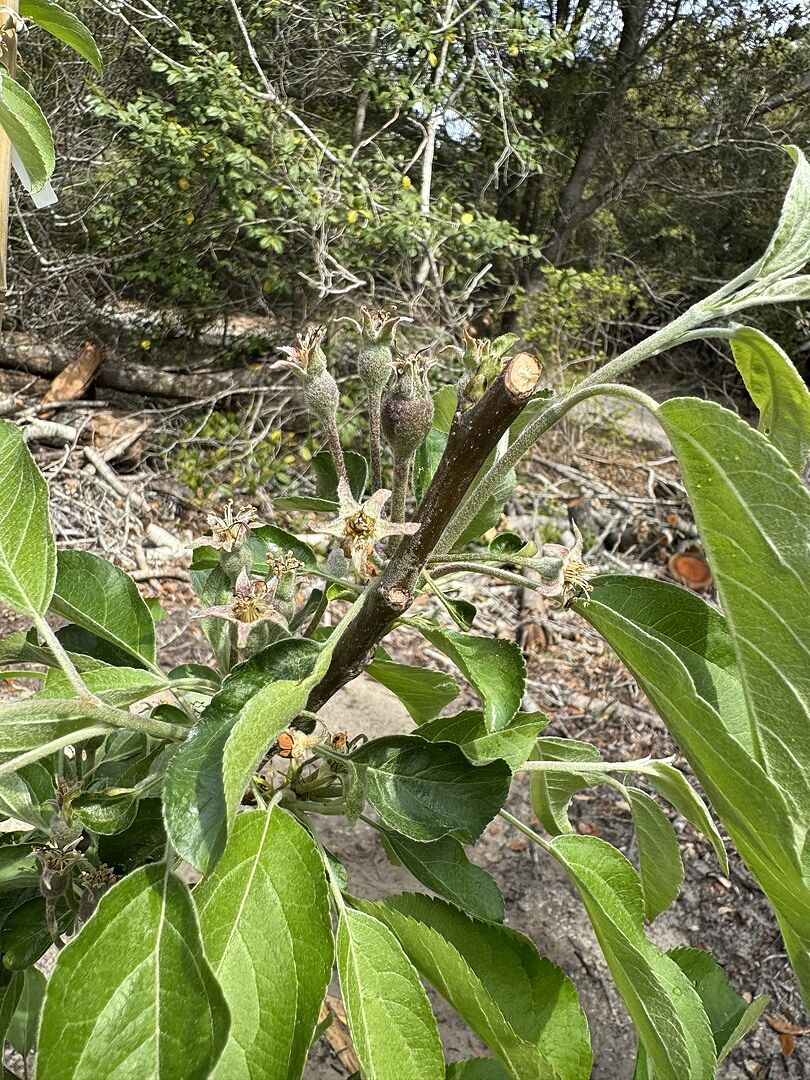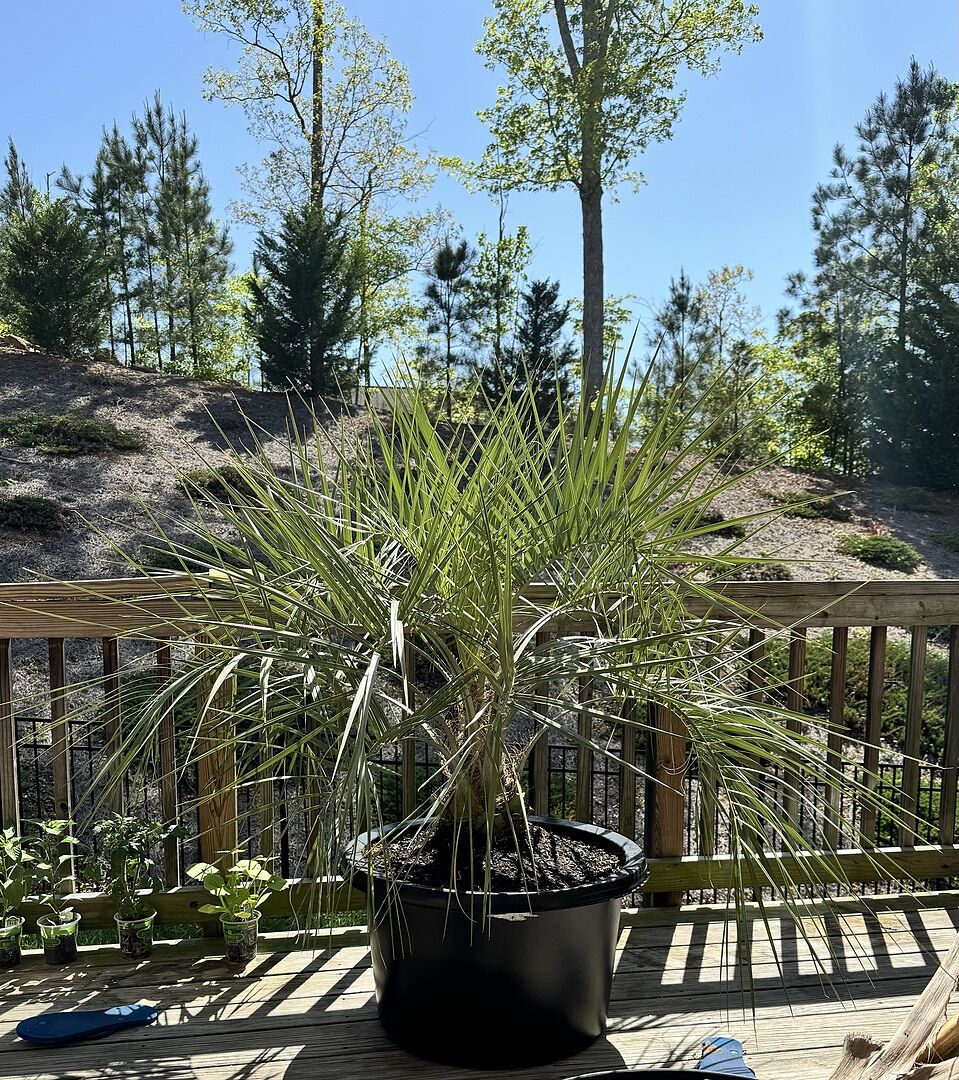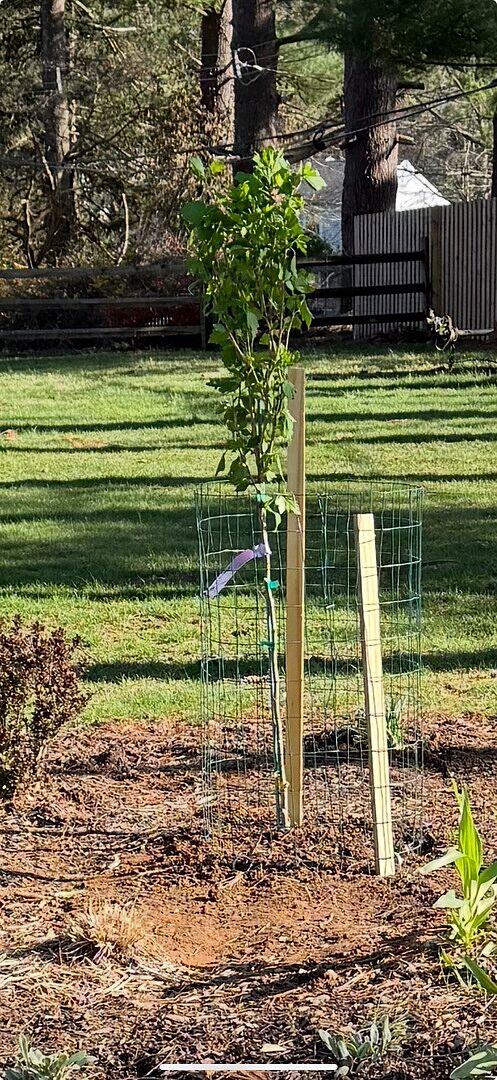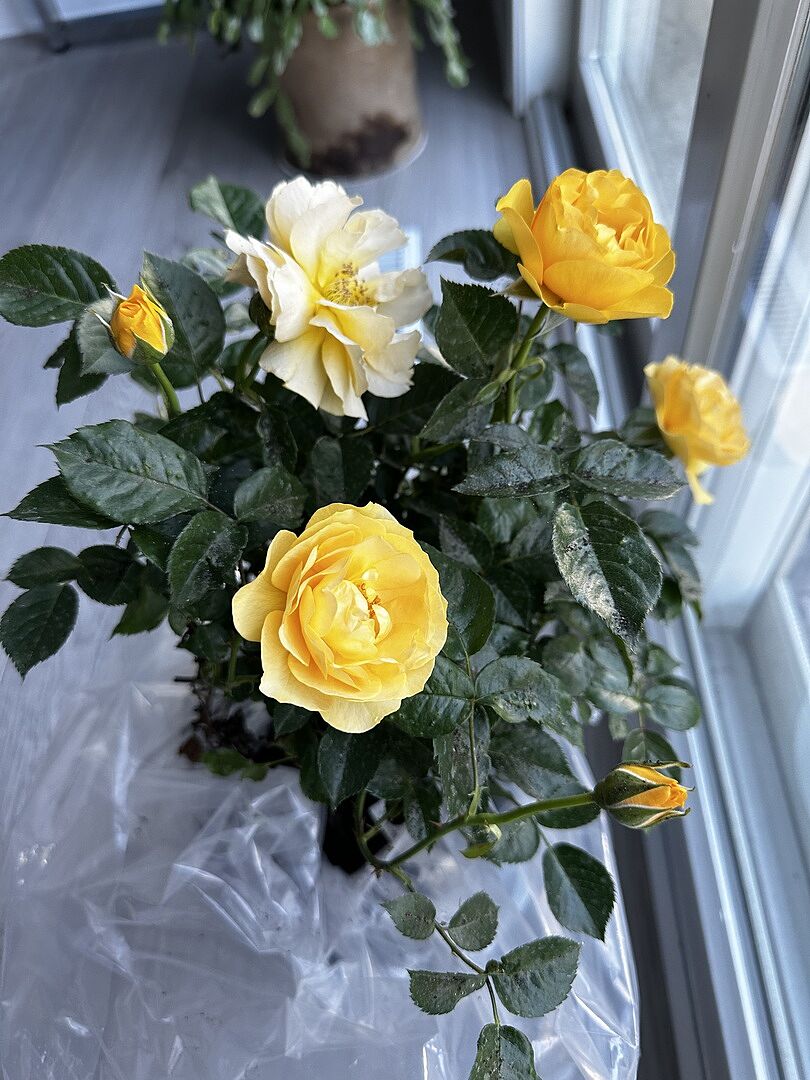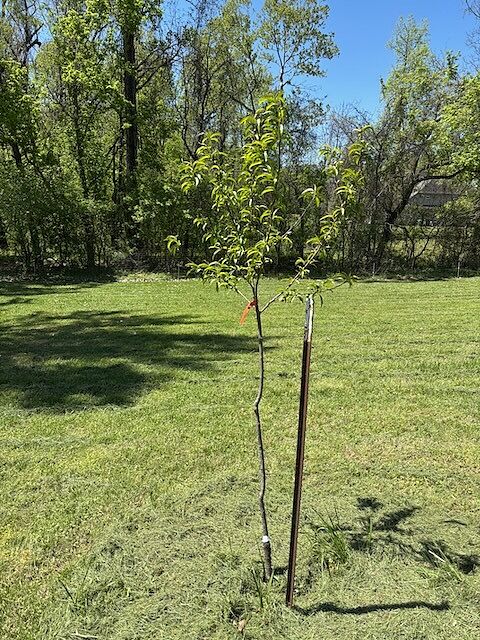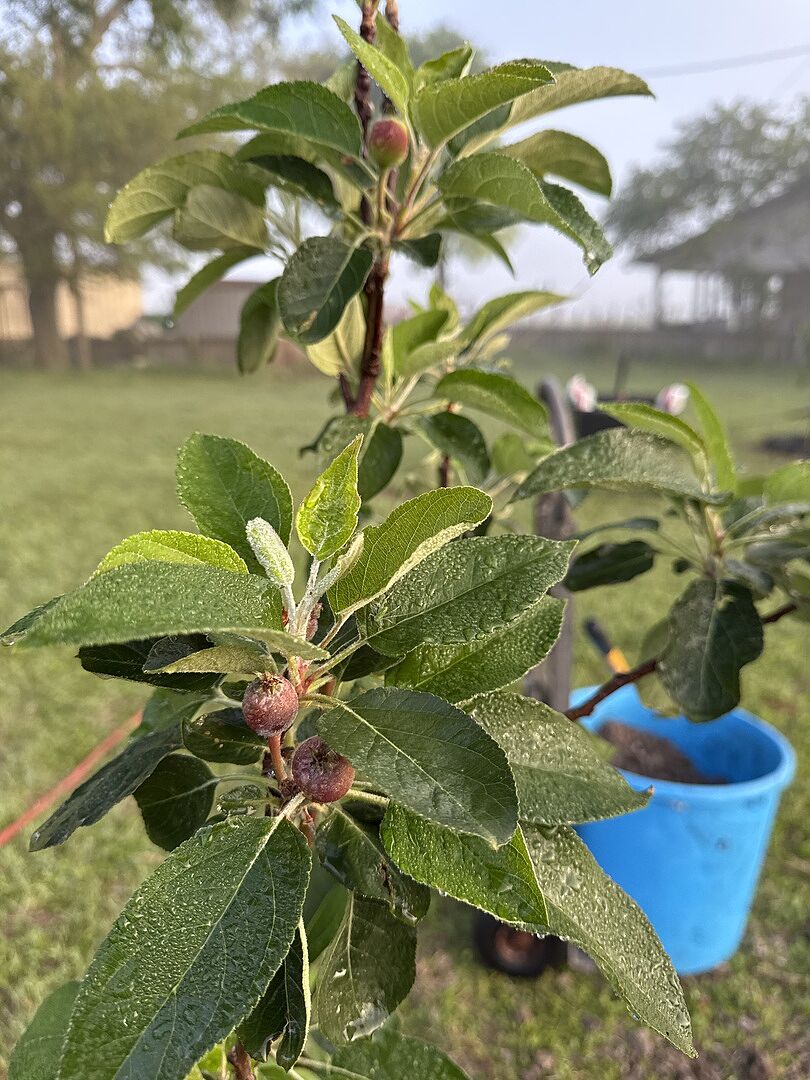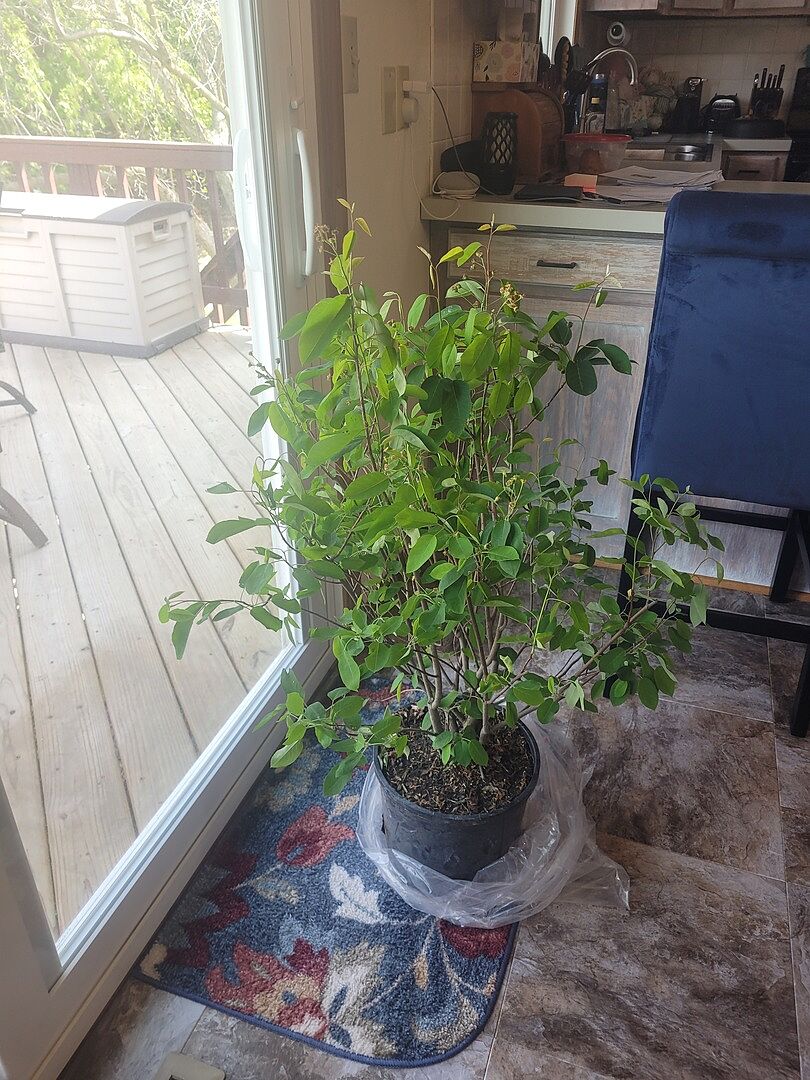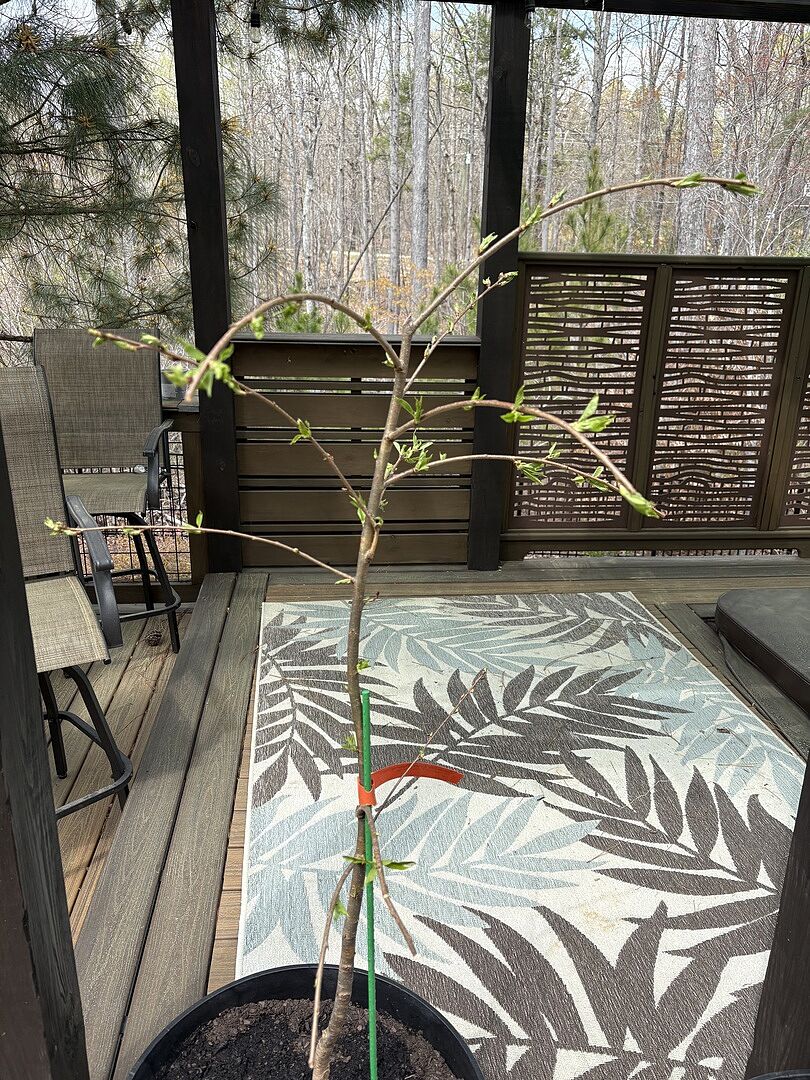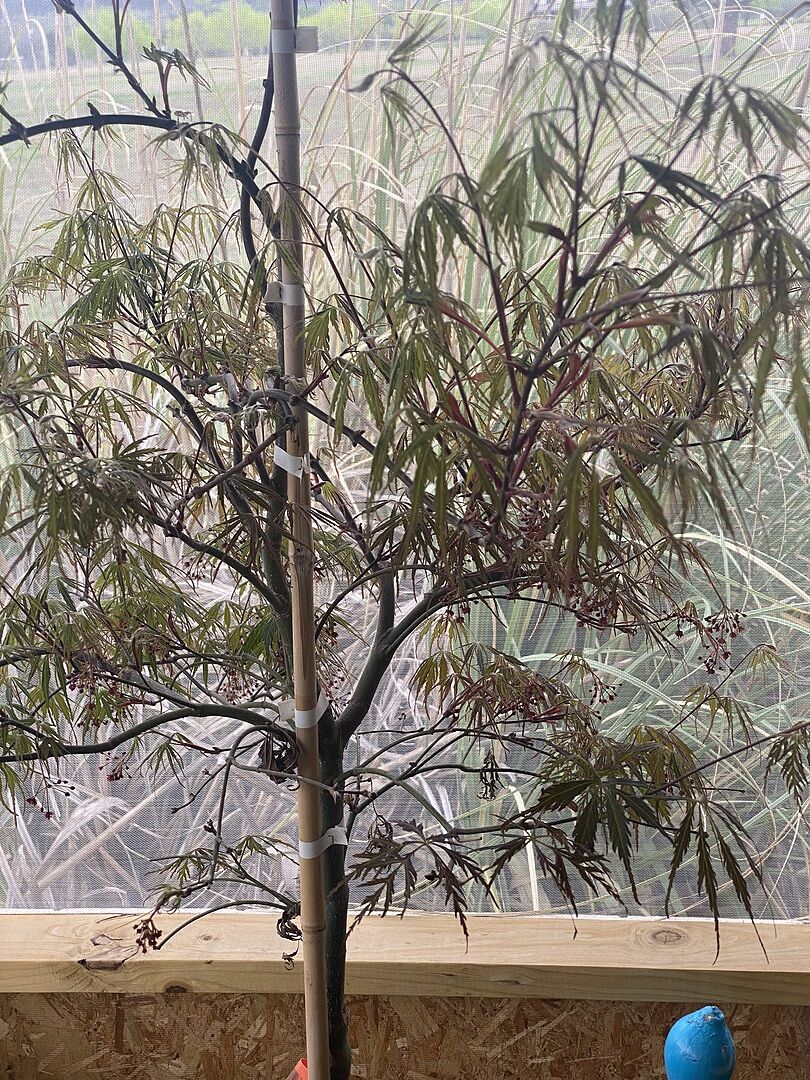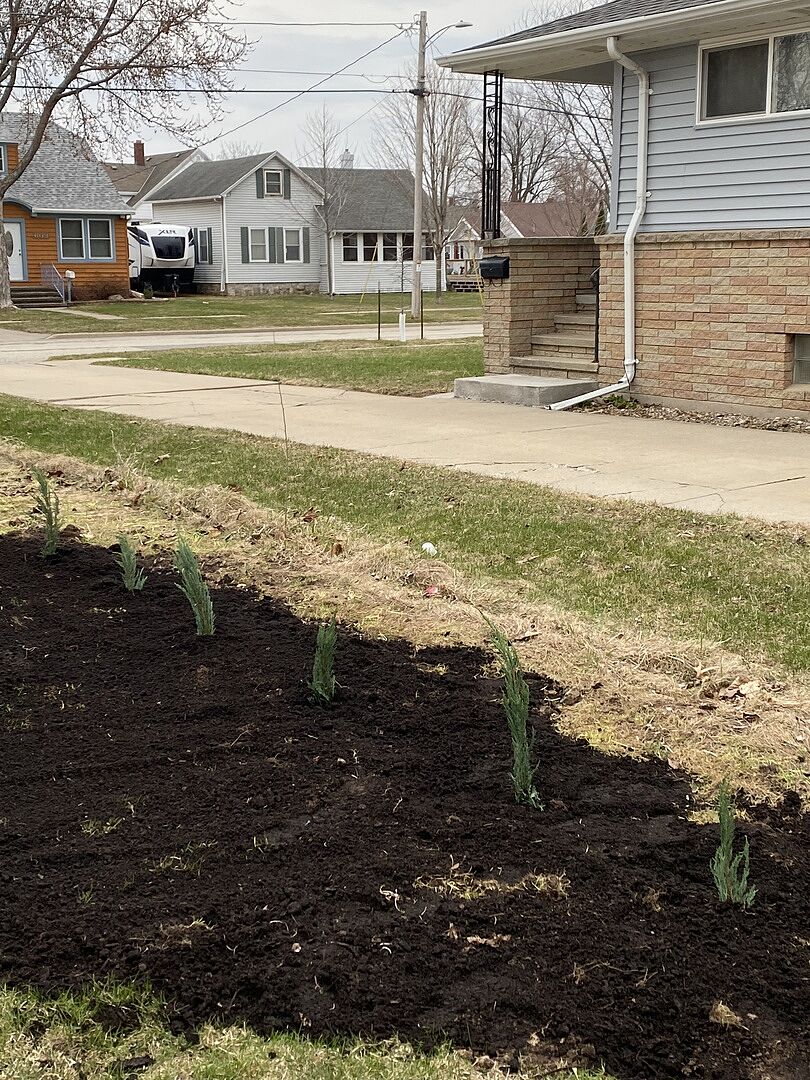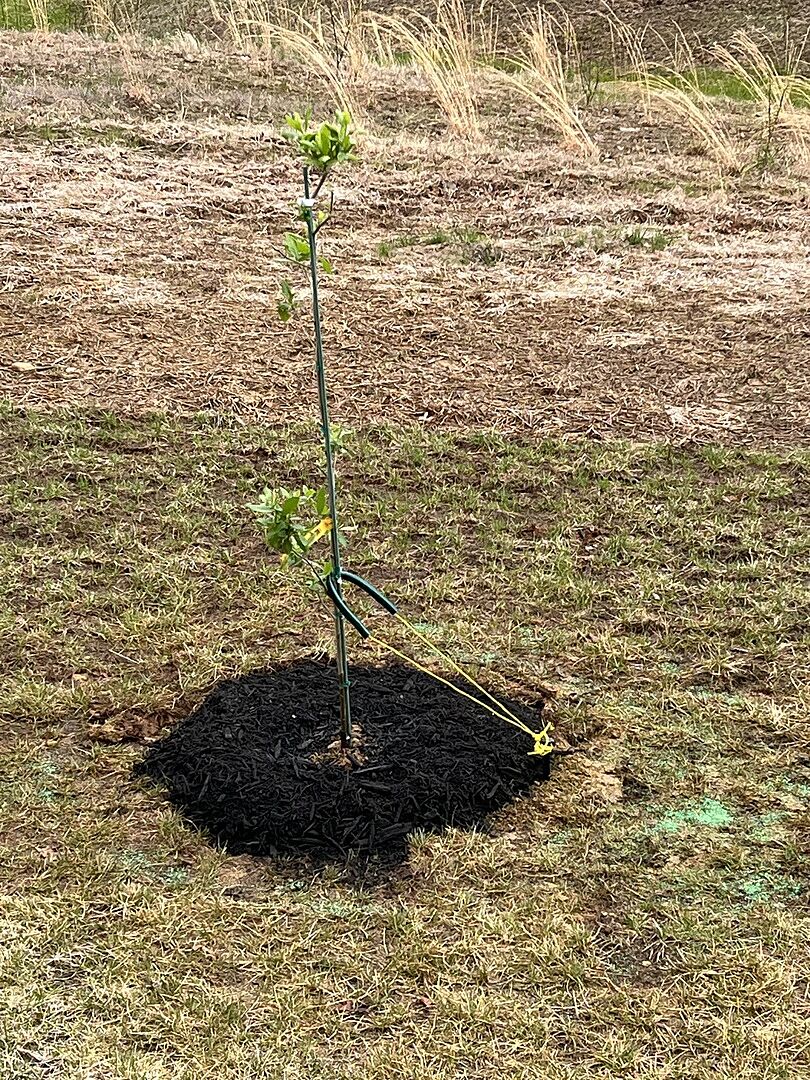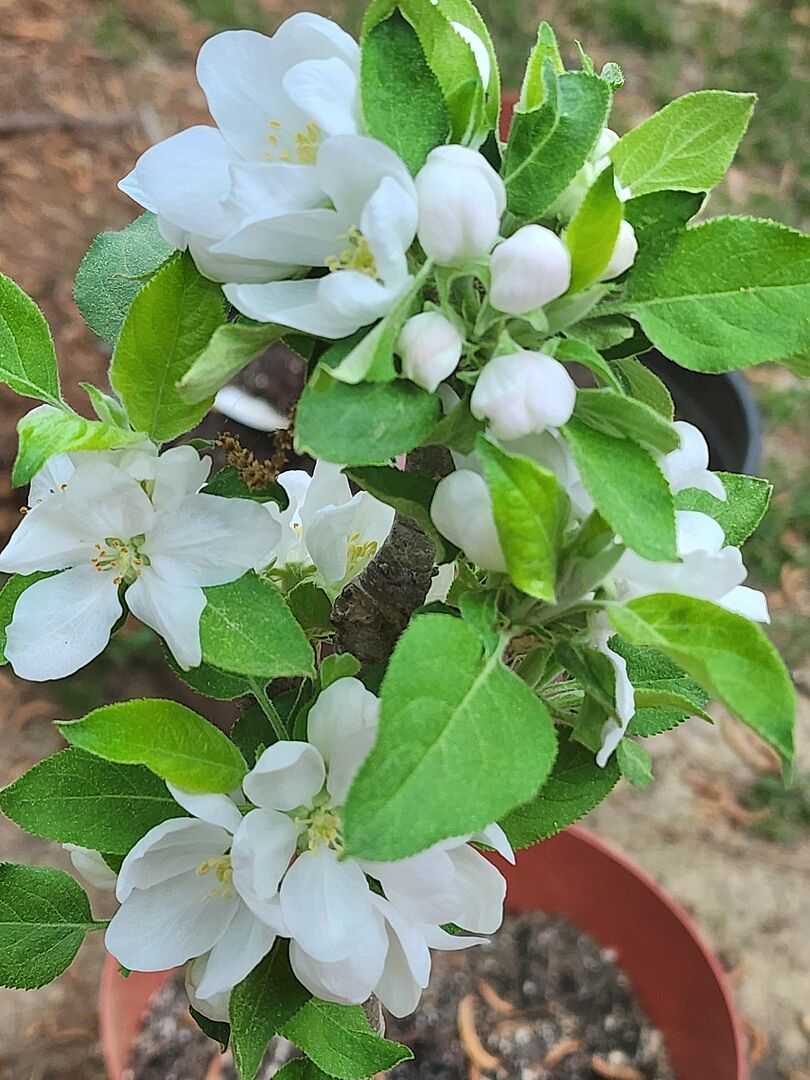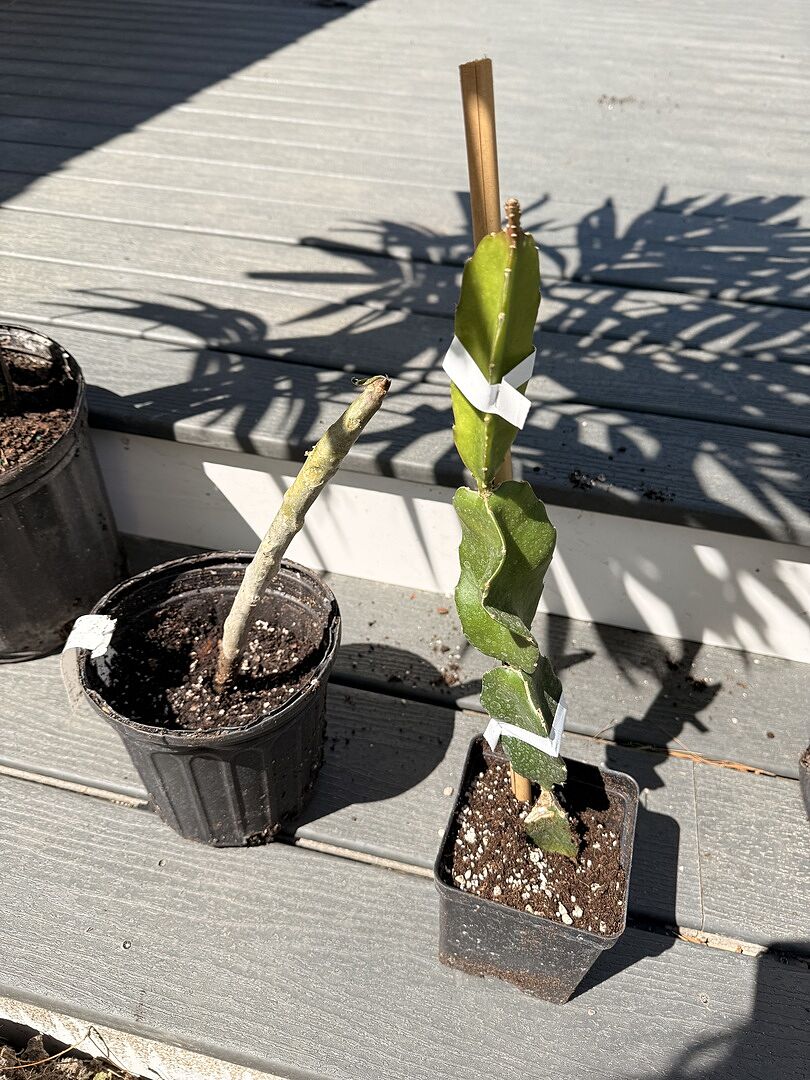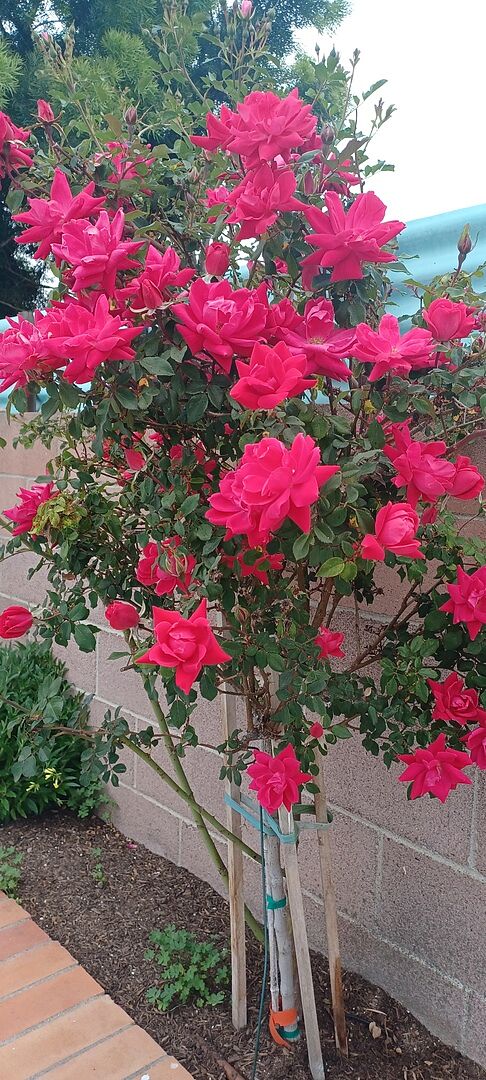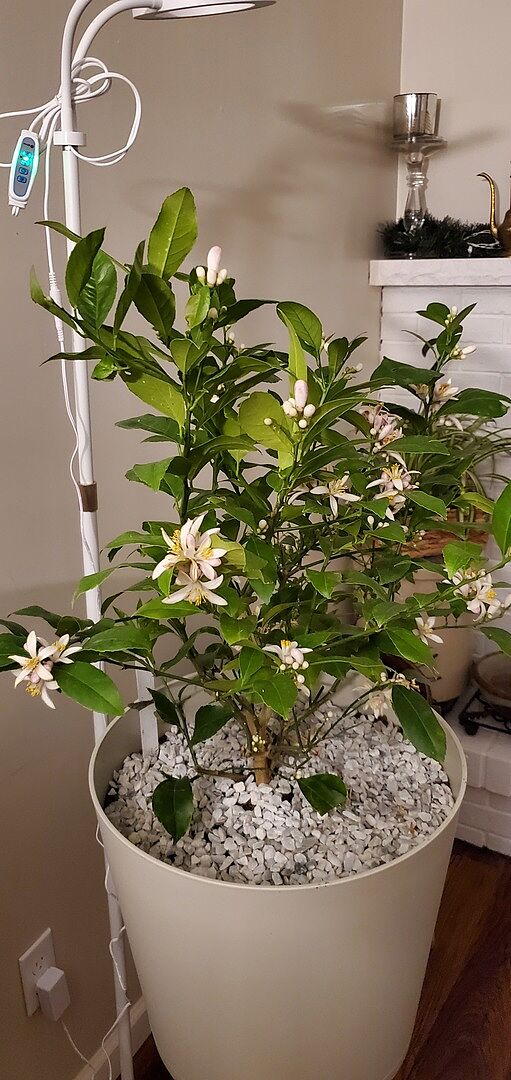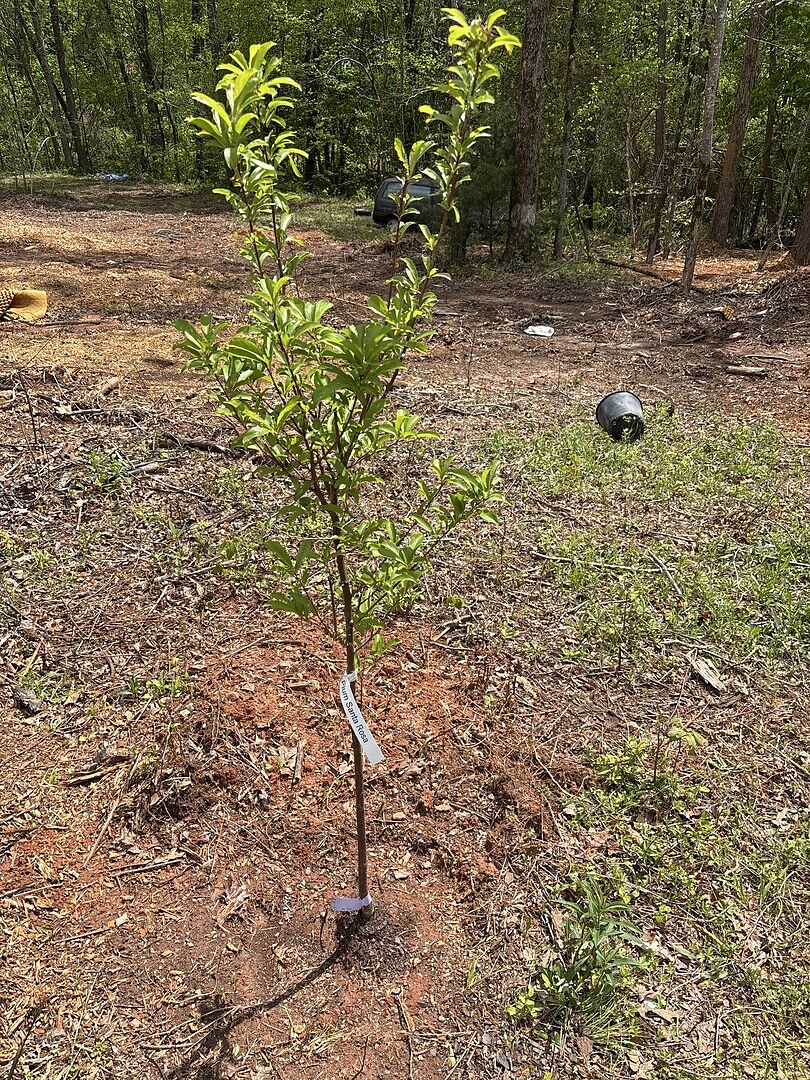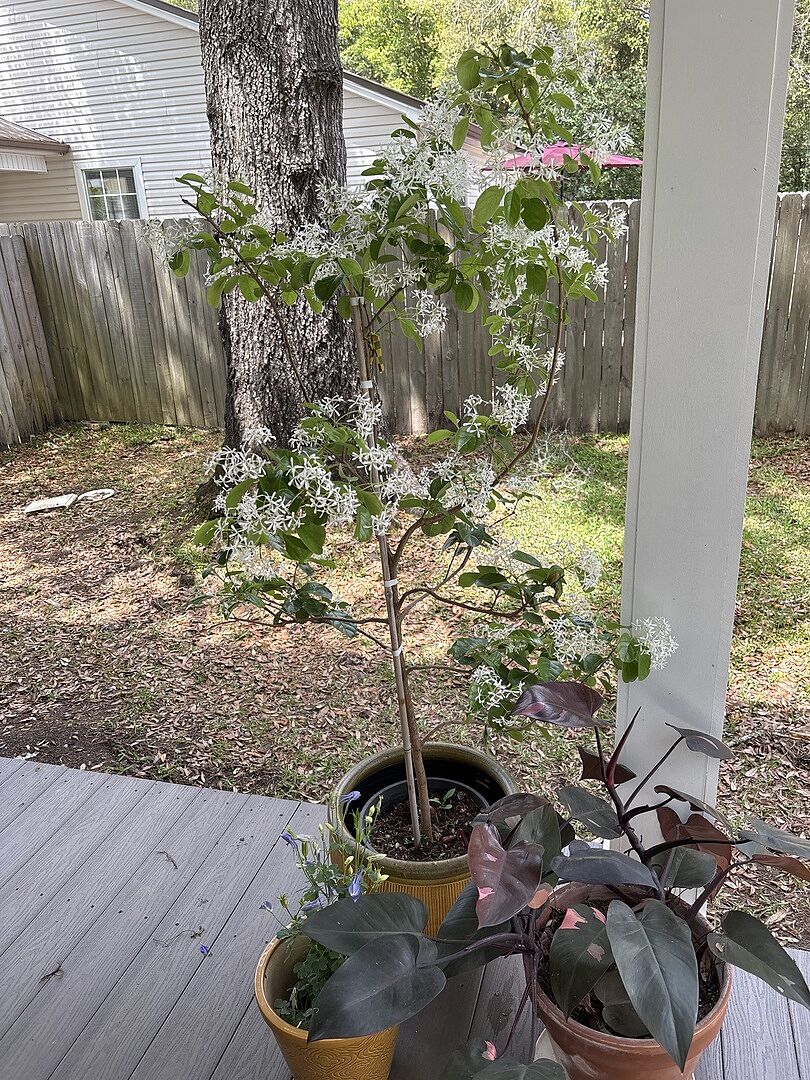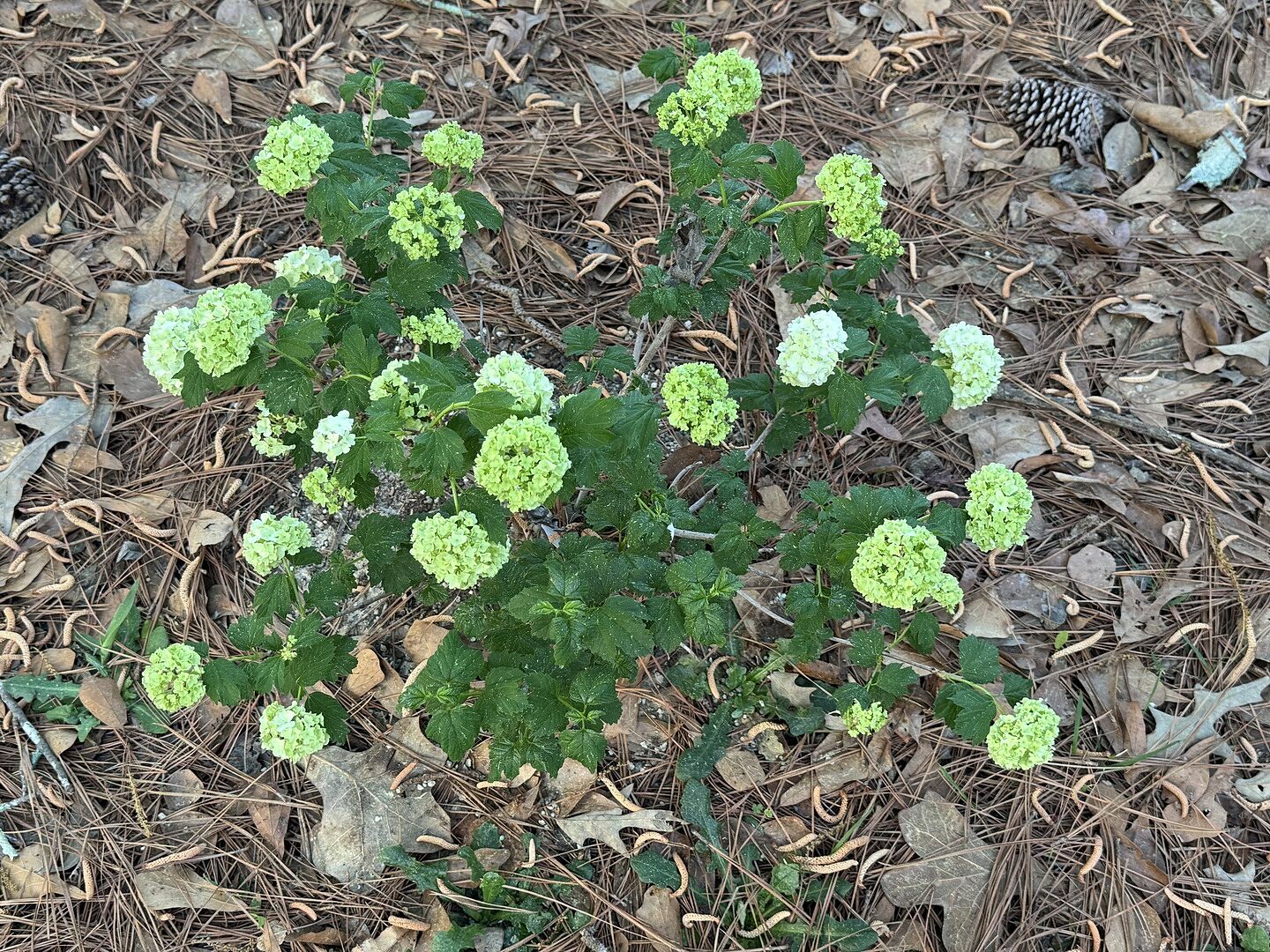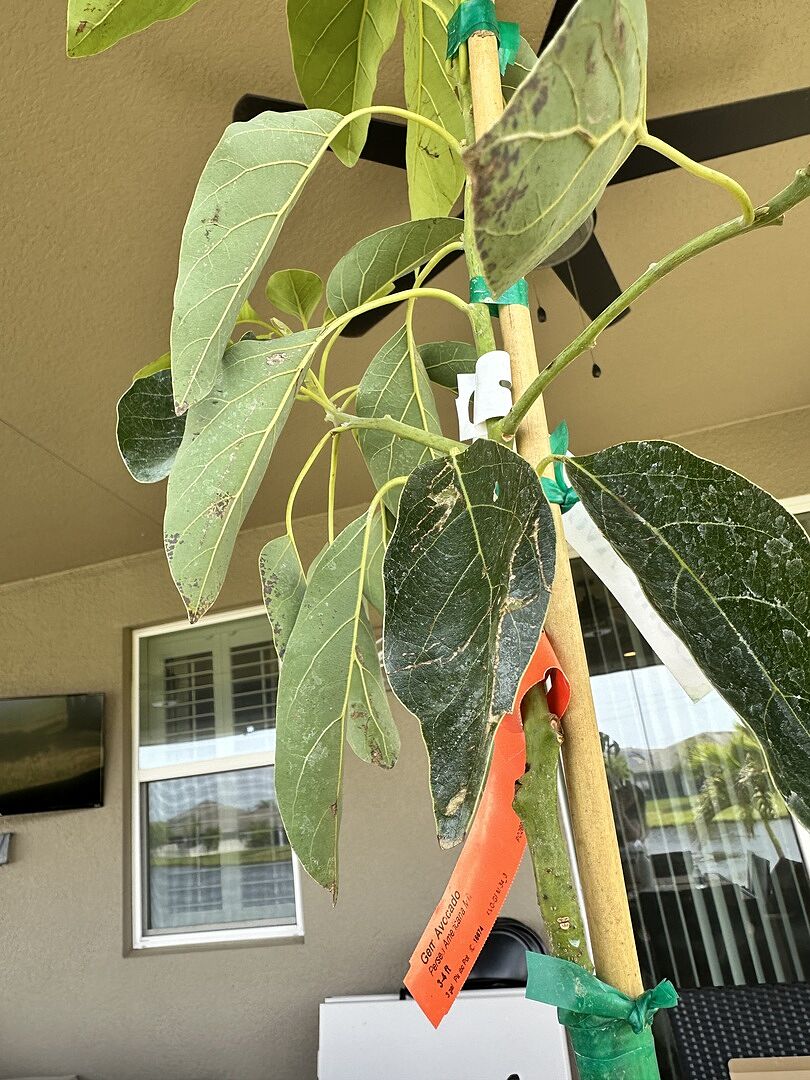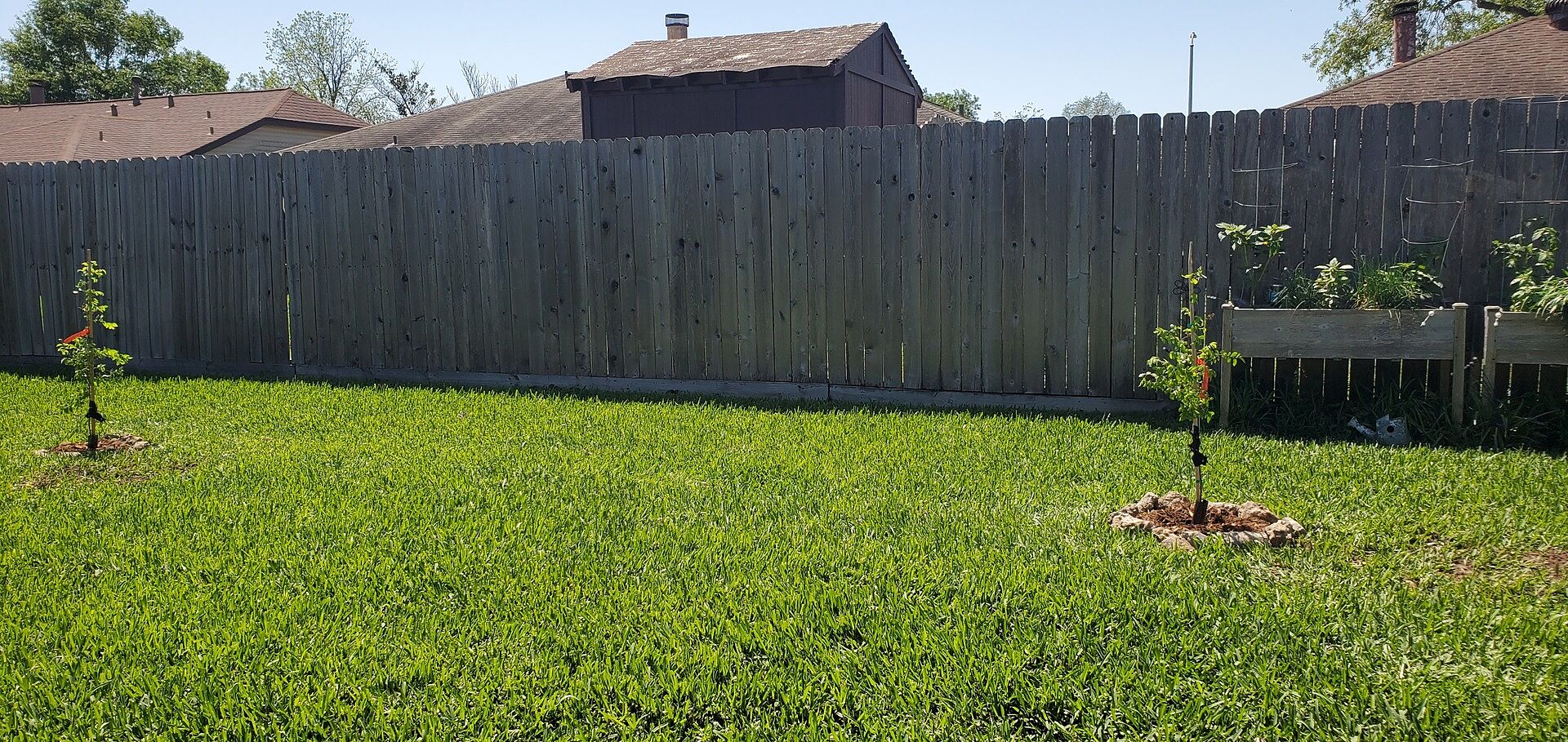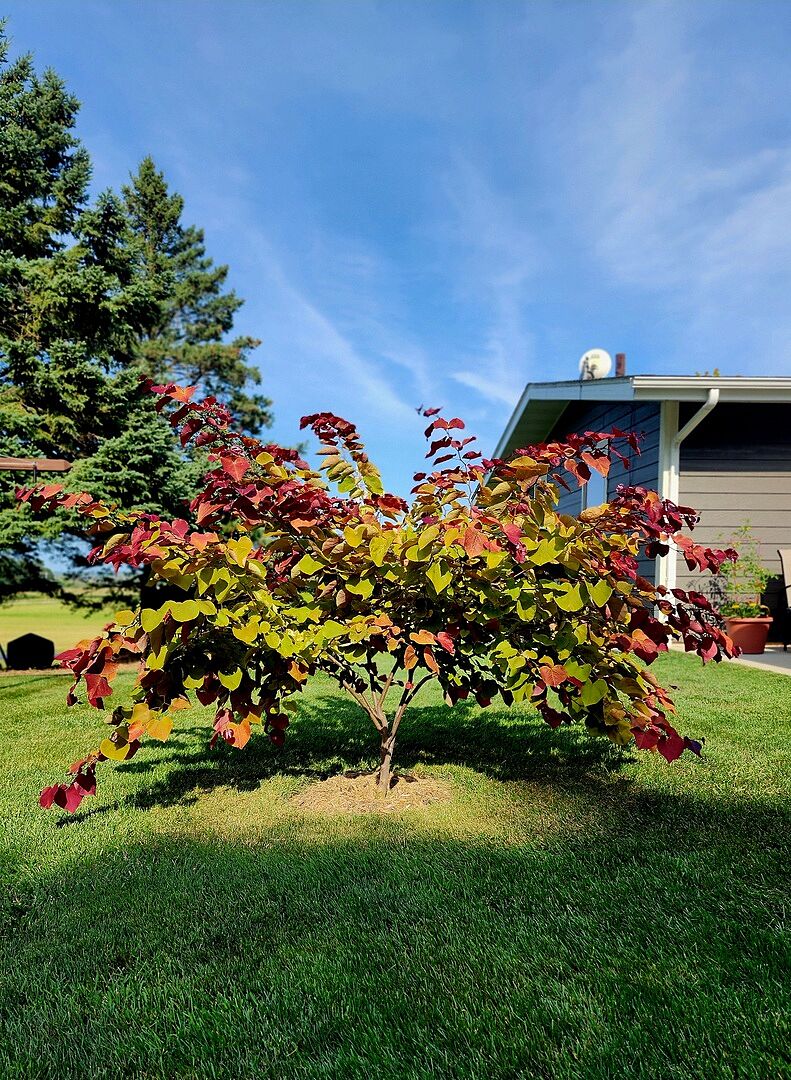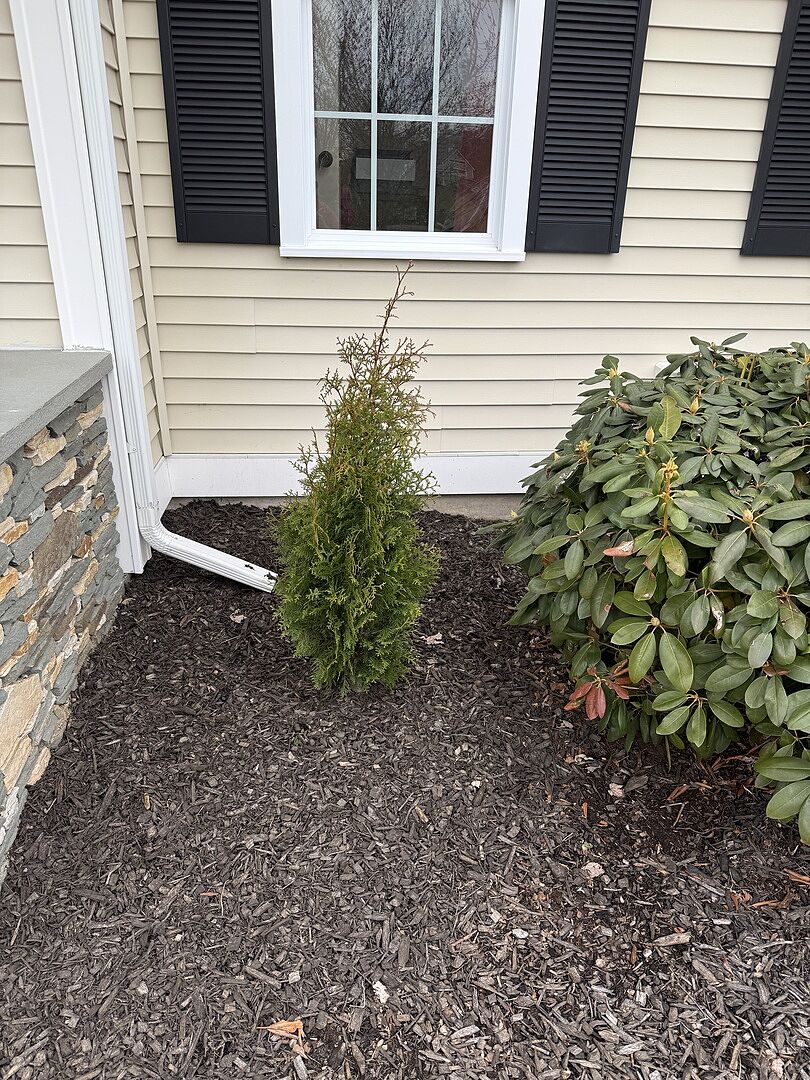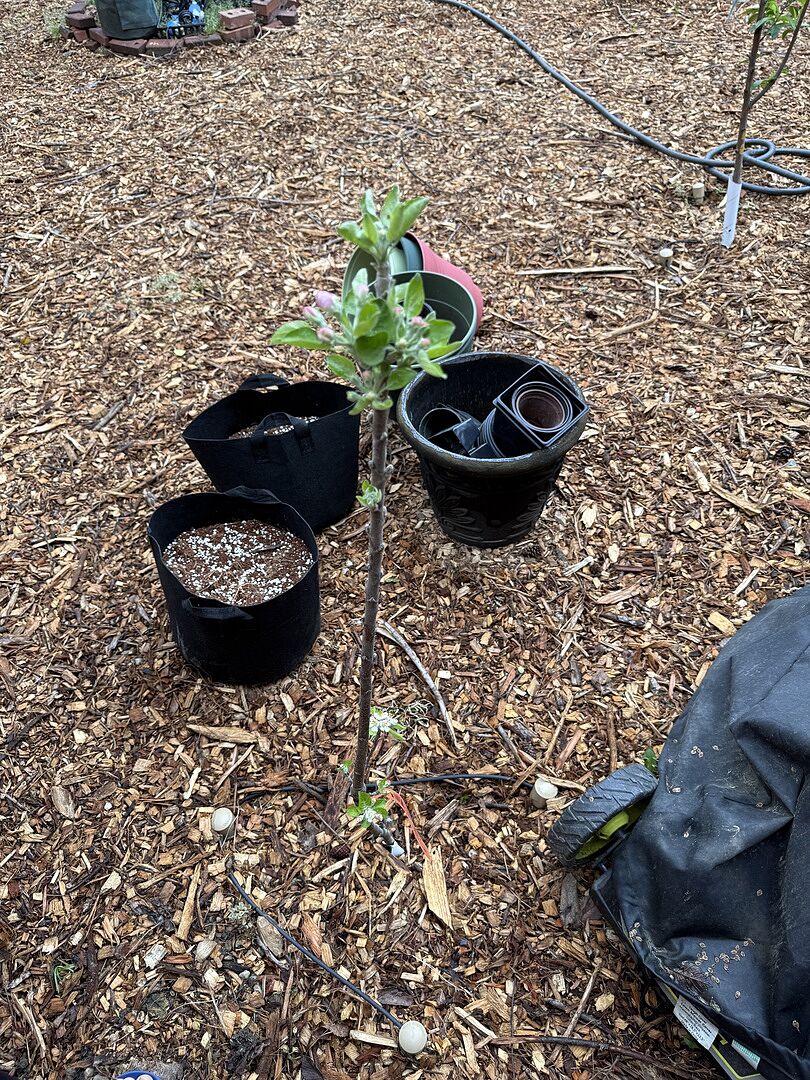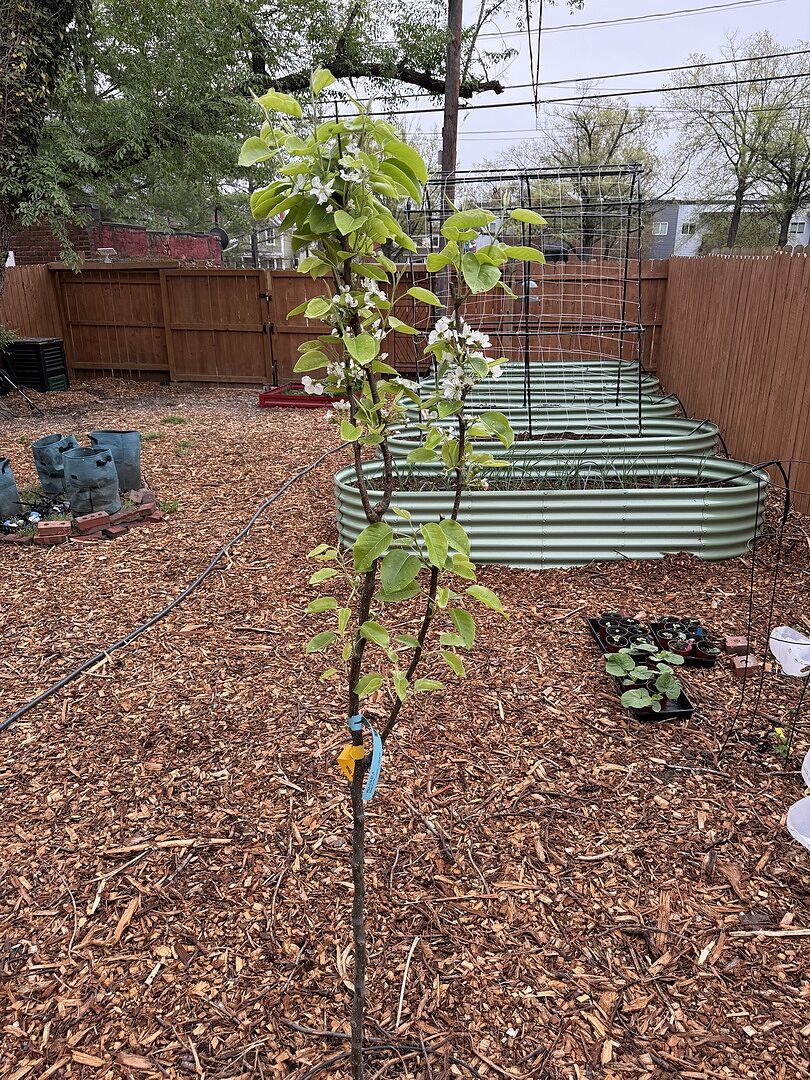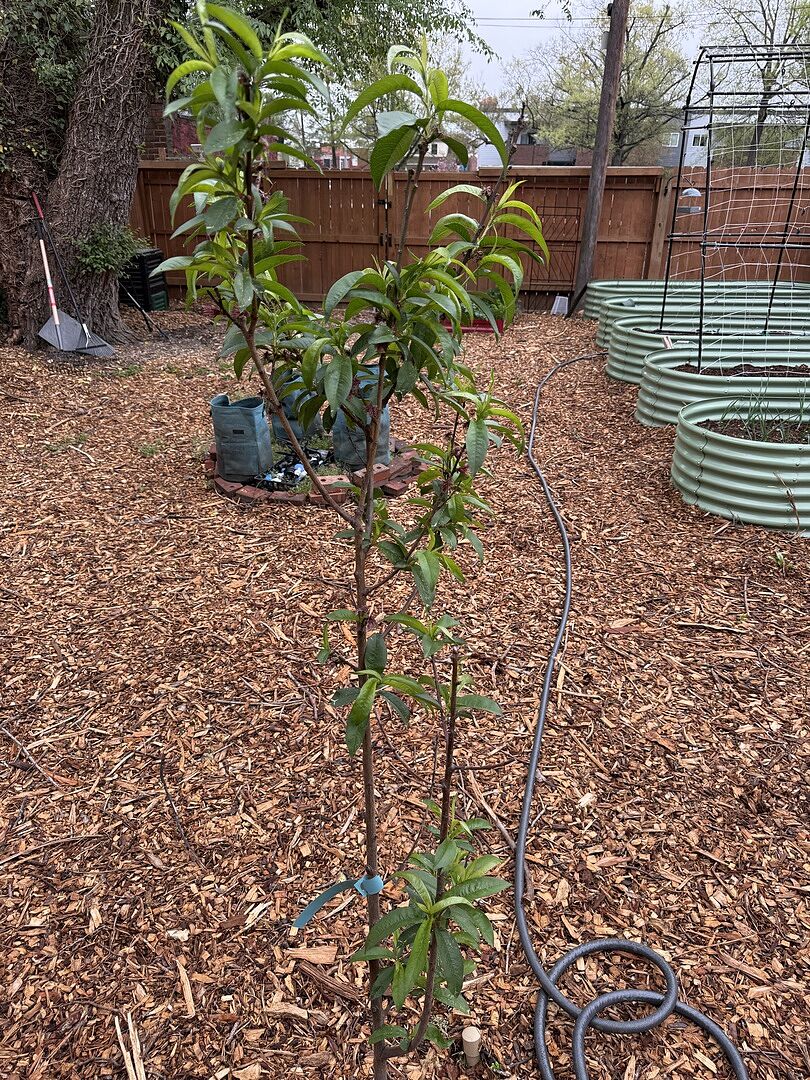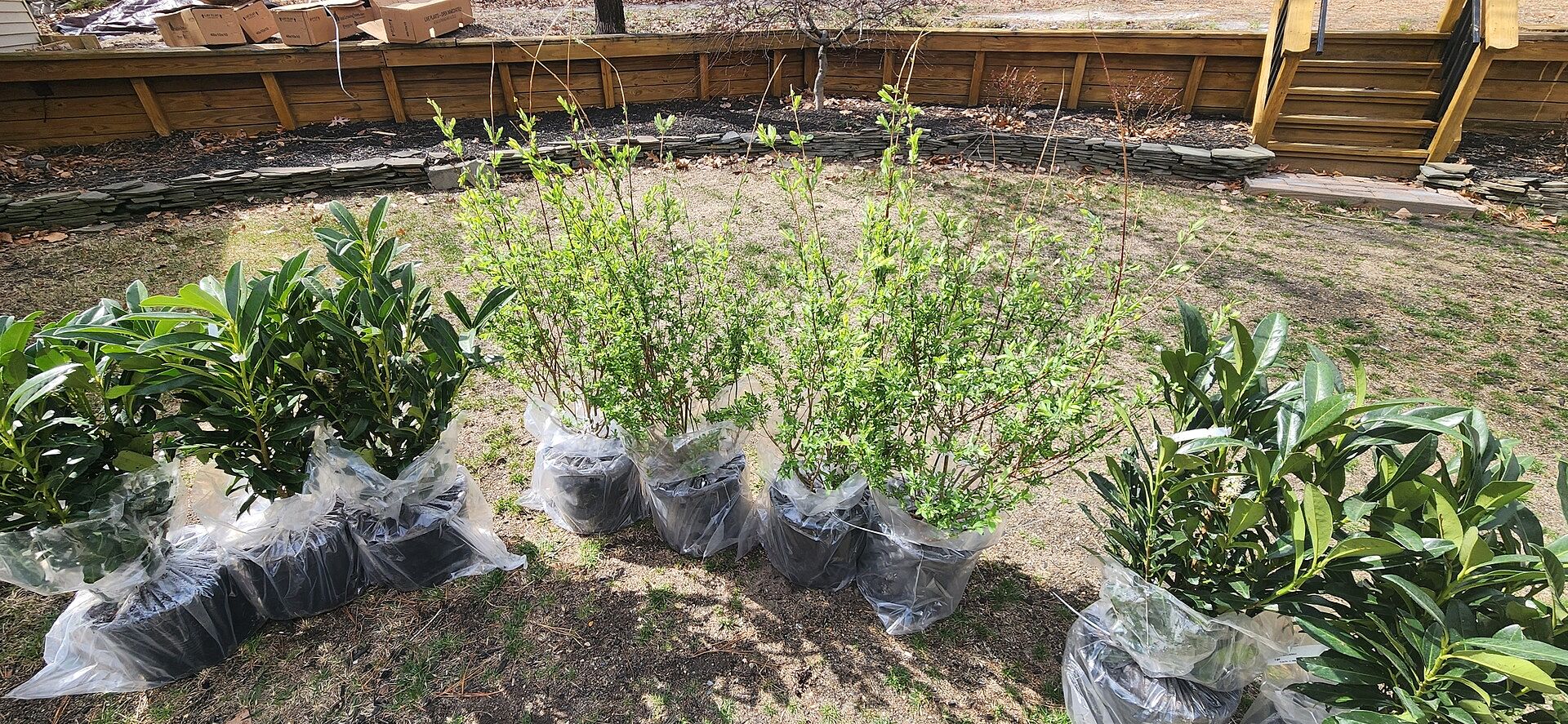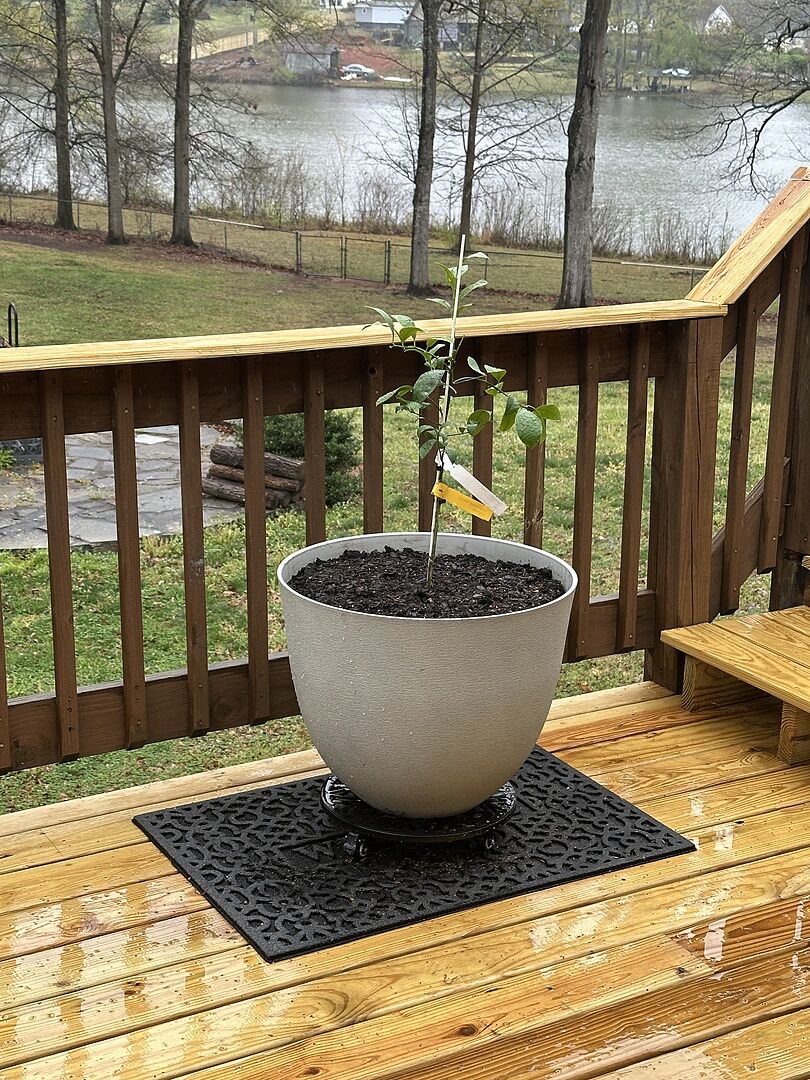Just because the weather is cooling off doesn't mean you can put up your garden gloves for the season yet!
The to-do list in your garden naturally depends on what you have in your yard, but it also fluctuates depending on the season. As seasons change, it signals to plants that they need to change as well. Shorter days and cooling temps act as an internal switch to bring on the falling leaves and fall harvests.
Follow the checklist below to make sure you prepare your garden for fall and winter the right way, working with nature during this time of change.
1. Tackle your fall planting
Fall is an excellent time for planting in your landscape, because of the time it allows your roots to establish before spring. Like spring, fall has mild temperatures and an higher average precipitation rate than winter. The main difference is that your plants are entering dormancy instead of getting ready to fruit and flower. However, if you can afford a little patience with your plant, you can expect a burst of energy and growth in spring when you plant in fall.
Check out our fall planting tips by region:
2. Get creative with mulch
Mulch is more than wood chips! Mulch can include chopped-up leaves and grass clippings, too. And better yet, they give you the same benefits that mulching does, while also adding nutrients.
Mulching your garden beds and around trees helps retain soil moisture and temperature and will naturally break down over time. So when it comes time to rake up those leaves and clippings, scatter them in your beds about 3 inches deep and at least 6 inches away from the base of your plants for an extra boost. We recommend shredding your leaves first to help cut down on some of the bulk. Do this with a lawnmower or a weed whacker in your yard.
3. Freshen up your tools
Chances are, you have used your shovels, pruners, rakes, and wheelbarrows over the season. Take time to intentionally give your tools a close look to clean, repair, or replace any that need it.
Wash any pots, make sure all tools are away from the elements, and have a proper home. While this part may be tempting to skip, we encourage you to consider the future. A clean and properly maintained tool is better for your plants, helps your tools last longer, makes the work you have to do easier, and (most importantly!) keeps you safe. So rinse off the dirt, remove rust, and find a proper way to store them. We promise: your future self will thank you!
4. Embrace the mess
Removing a spent flower head or a dying leaf as soon as you notice it is tempting. We get it: a dead leaf can be an eyesore in an ideal landscape. But this is natural and part of the ecosystem!
Dying flowers and drooping and falling leaves are just signs of the season, and you might be harming your plant and environment if you try to rush the process. Not all trees will go dormant at the same time or at the same rate as each other, even trees of the same variety! Like us, plants are individuals, so wait a few weeks, let nature take its course, and embrace the changes instead of running around trying to maintain perfection.
An added bonus? Leaving spent flowers and dead leaves in your landscape can provide both food and habitat for wildlife over the winter, too.
5. Think before you prune
Not all plants need pruning at the same time. Fall is a window where you can do some pruning cleanup, but you want to check before cutting. Pruning at the wrong time of year can result in plant injury and infection. Instead, stick to removing broken or diseased parts of the plants as needed and research if you should prune your plant in the fall or wait until spring.
Continue reading for more fall tips and tricks:
Fall Planting Tips by Region
Fall Planting
Fall Pruning Dos and Don'ts

Written by
Meredith Gaines
Meredith's love for plants started at a young age, and only grew when she started working in the Desert Exhibit at the South Carolina Botanical Gardens and the Historic Filoli Estate in the Bay Area. After graduating from Clemson University (GO TIGERS!) with a degree in Biology and Horticulture, she found her niche in the FastGrowingTrees.com family as a horticulturist and has grown in her current role as Senior Plant Expert.
She currently resides in her hometown of Charlotte, North Carolina, and enjoys spending any time she can outdoors. She learns new things about plants every day and loves sharing her plant knowledge and tips with those around her. Her favorite plant is constantly changing, but her long-time favorites are peonies, oak trees, and ferns.

















